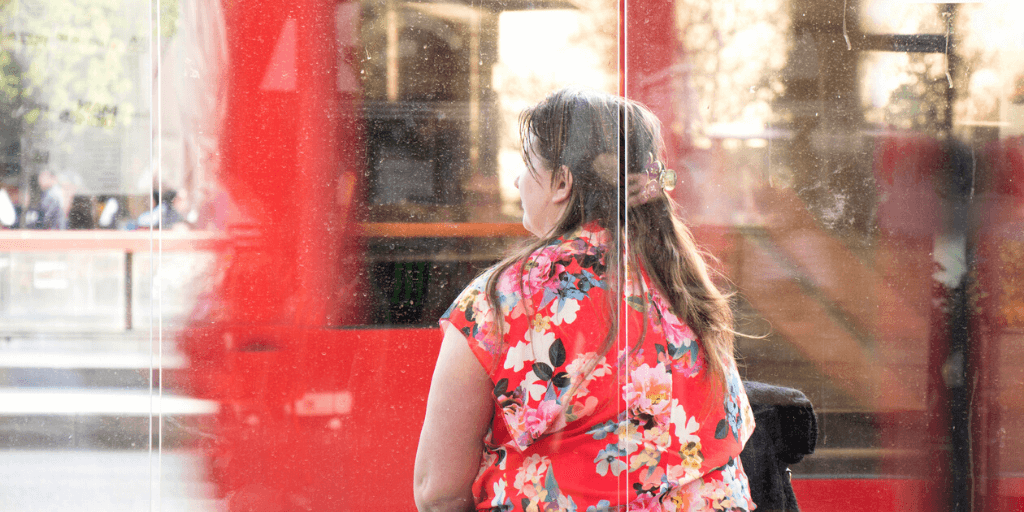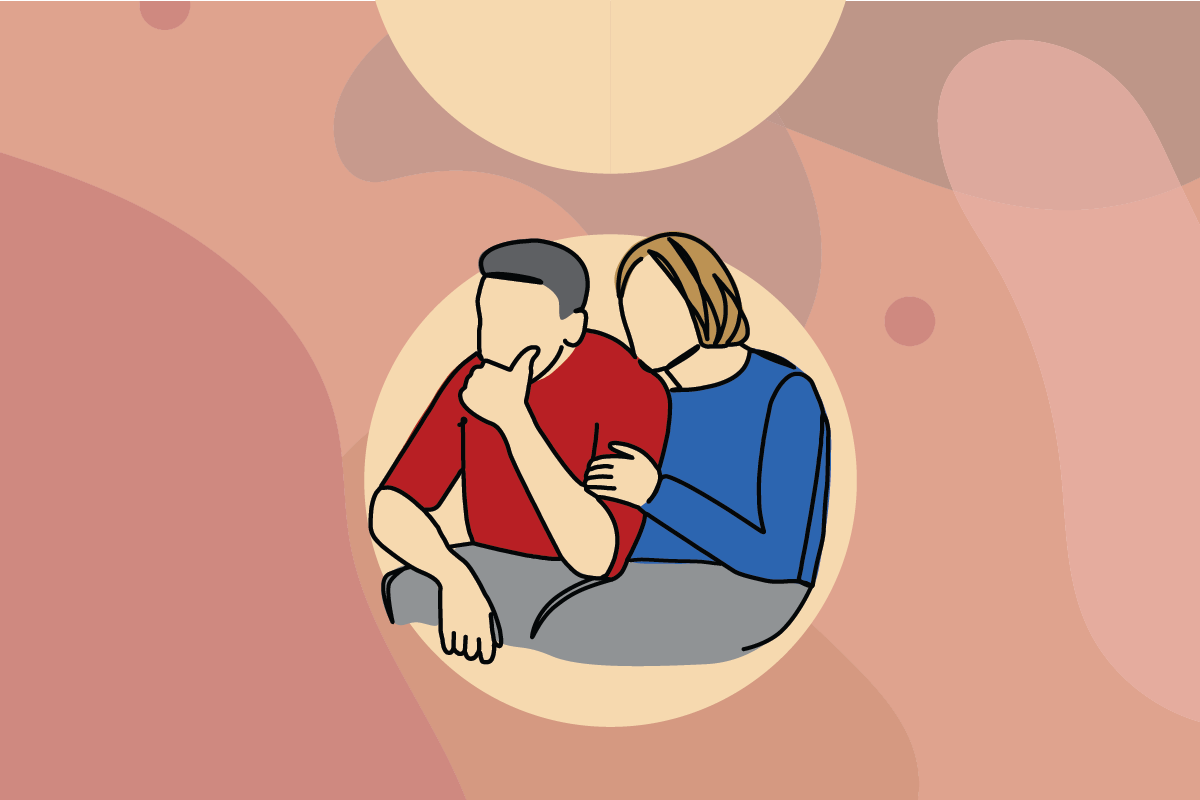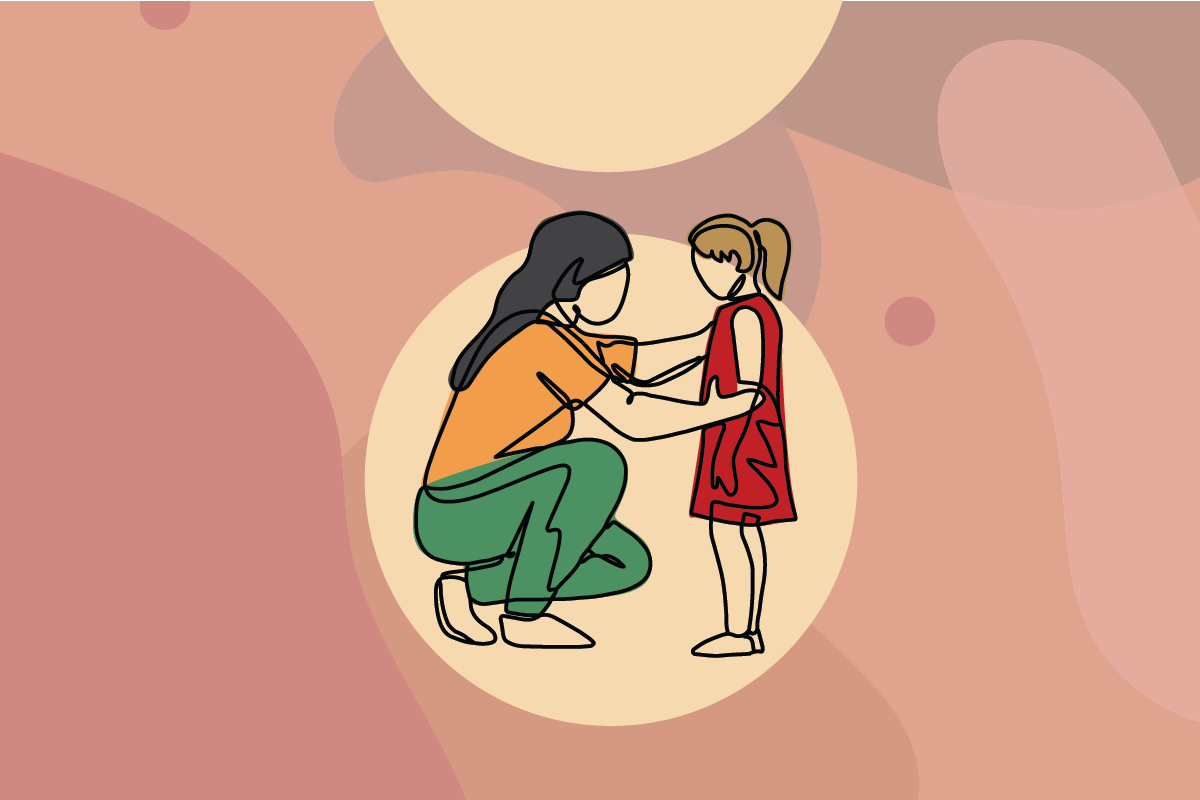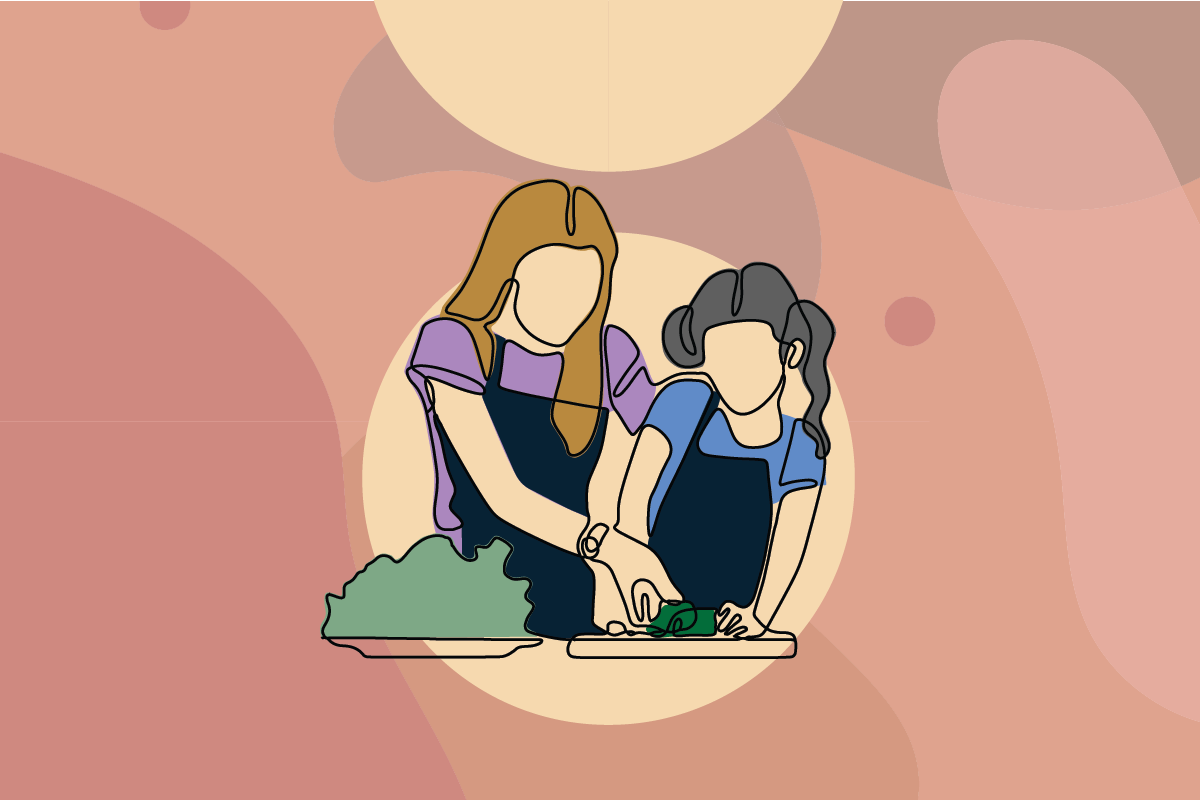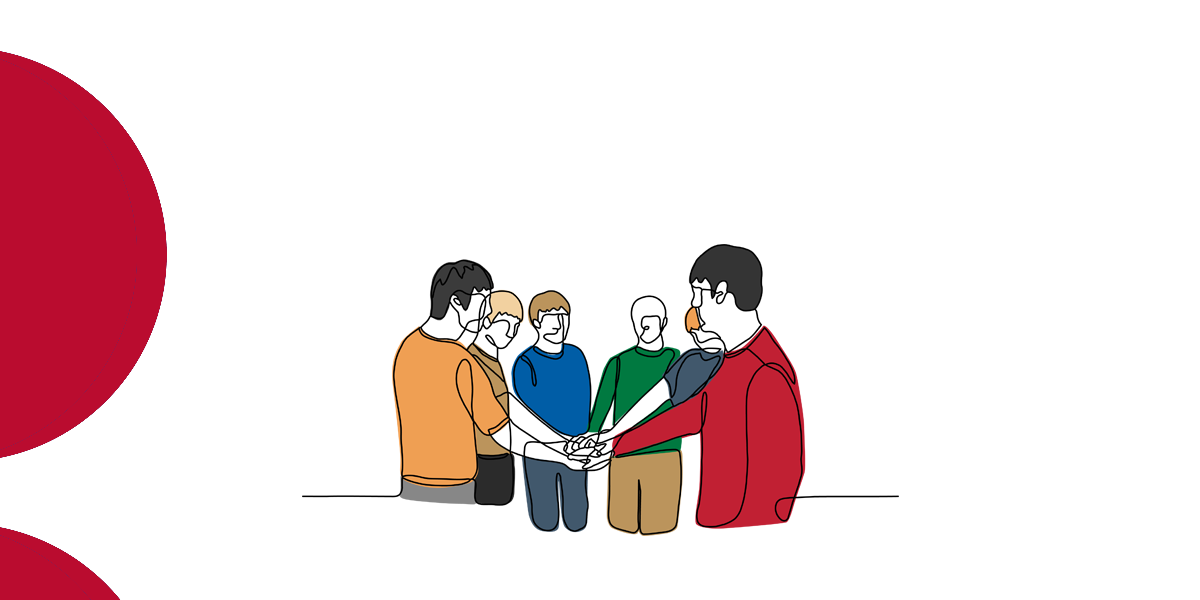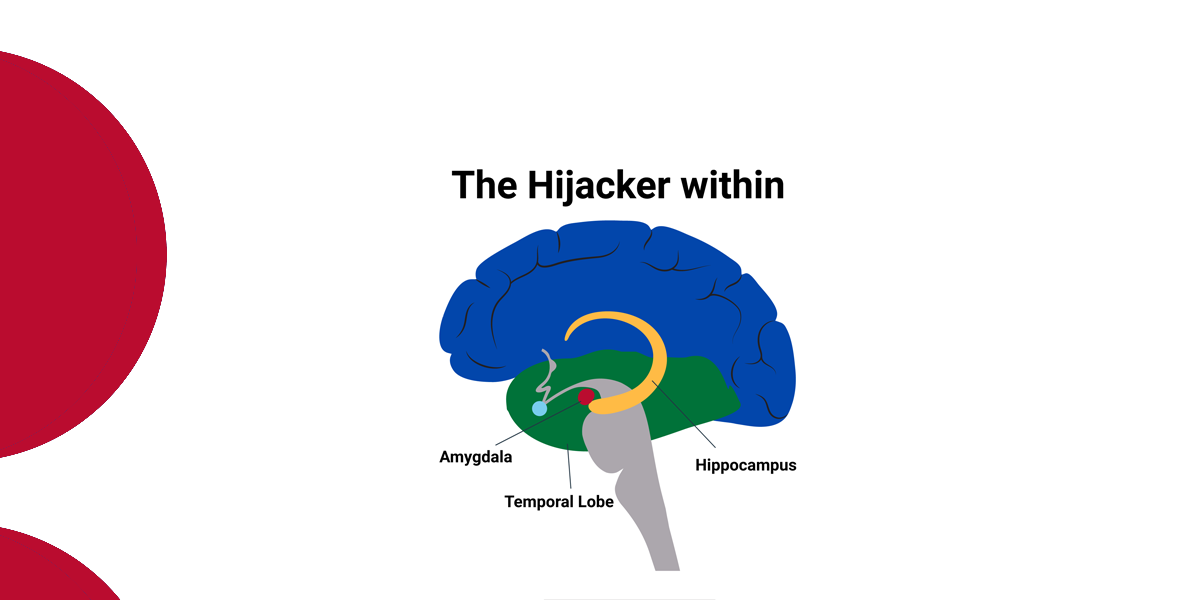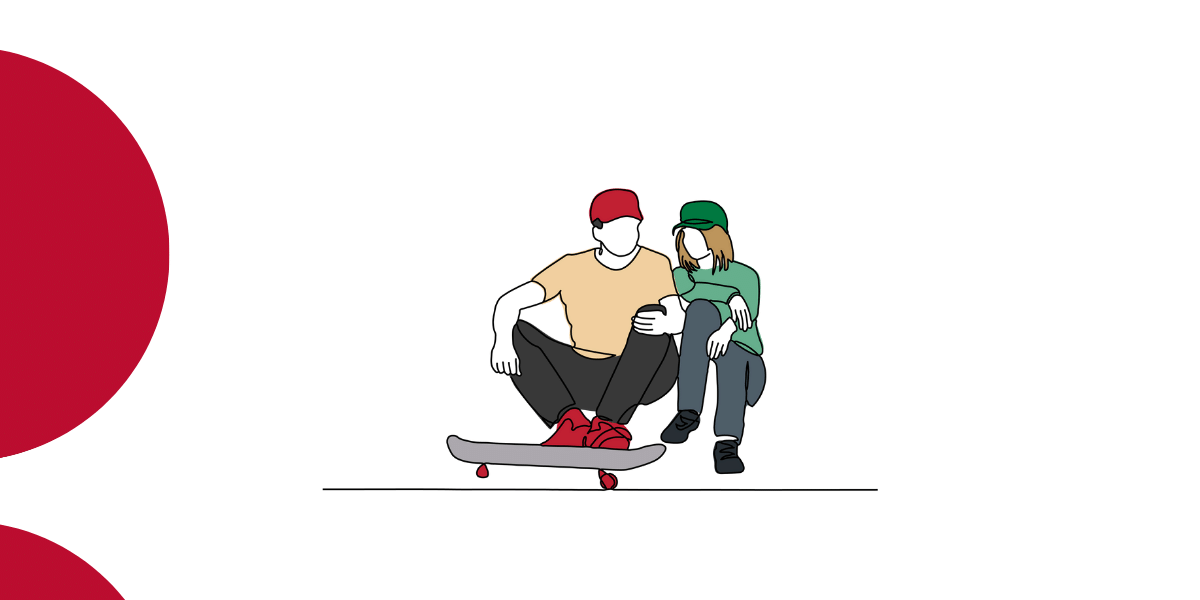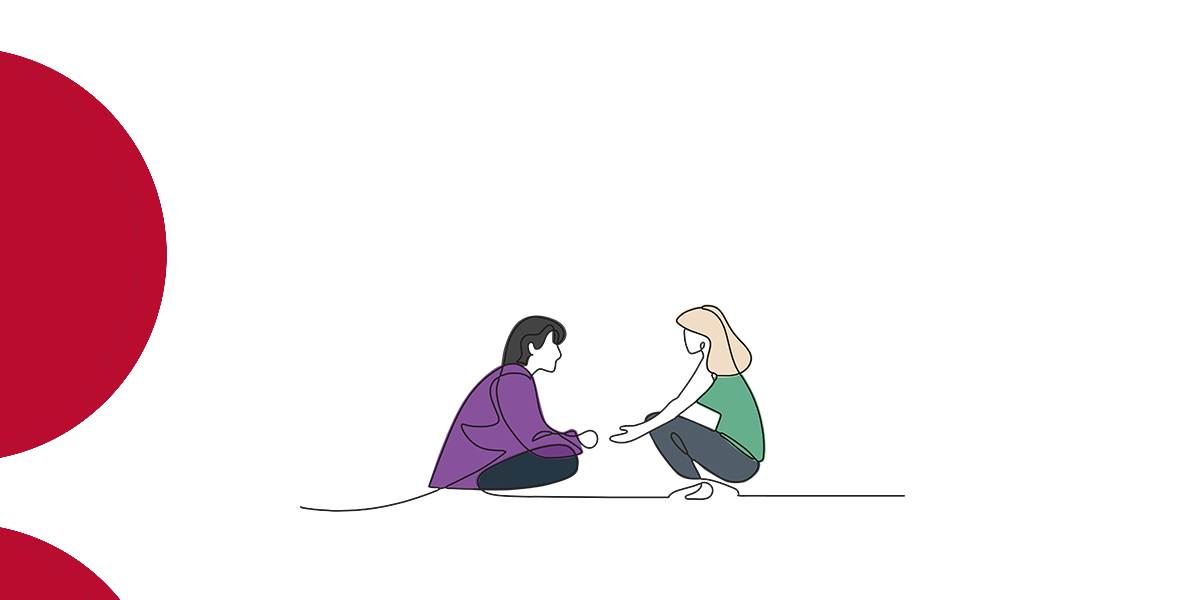Stability in residential Care: Part II
Mar 2020
Written by Jenna Bolllinger
Sarah is 14 and has been in placement for 18 months. She lives in a residential house with two boys and one girl. The boys display aggressive behaviours and are involved in substance and alcohol misuse. Sarah is often missing but when present she is moody and disconnected. The police are regularly called to the home.
The staff team are destabilised by the unpredictable nature of the aggression from the young people. They appear highly stressed and often do not come in to work. The residential house is widely known to be challenging and regular casual staff are not keen to fill shifts; consequently, shifts are filled by multiple agency staff.
Sarah’s placement is stable; in that she has remained in the same house for 18 months. Her lived experience, however, is that she has no consistent adults in her life and a lack of what Cashmore and Paxman (2006) call ‘felt security’.
In my last blog on stability in residential care, I asked what stability really means for young people in residential care? Drawing on the research and young peoples’ direct experiences, I argued that stability is less about the number of placements for young people, and more about their sense of safety, consistency and predictability.
The next question, then, is how can stability be achieved in residential care? And when it is achieved, can it be healing and reparative for young people?
How can stability be achieved in residential care?
My research shows that stability in residential care requires two critical elements:
- a cohesive and consistent staff team, and
- good matching.
A good staff team:
A good staff team, also described as a “strong team”, was defined by workers and young people as having staff that are known to young people, known to each other, and consistent both in terms of when they are on shift (i.e. regularly at the house, in predictable ways) and within the team (i.e. the rules are consistent, the boundaries are consistent and the young people get treated consistently well).
The workers and young people I spoke to all talked about the need for good staff teams. In fact, this was the primary response by both groups of interviewees. One young man (24 years) spoke of feeling “loved” by the staff and this in turn allowed him to feel better about himself and promoted positive, prosocial behaviour because he wanted the staff to feel proud of him and he did not want to make their lives harder. A young woman noted that, when she felt connected to staff members, she generally felt better:
I wanted to do more stuff and I wanted to go out and I wanted to interact with people… I felt a connection with another human being and it made me feel wanted
Staff members also spoke unequivocally of the need for good teams, teams who work well together, respect each other and who support each other. Consistently, staff reported that young people did not need to be ‘easy’ or have lower levels of behavioural difficulties, so long as the staff team was strong and capable, and, crucially, were supported by management. One staff member stated:
… the way I’ve always seen it [is], happy staff happy kids. If you have a coordinated front and your staff are cohesive then the young people will respond in kind. If the team is not cohesive then the young people won’t be as well…regardless of how difficult or how complex they are
Getting “the right mix of young people” (floor staff member)
There was a great deal of discussion of the need for young people to be matched well, not simply just for their ‘behaviours’ and ‘risks’ but also for their personalities. In other words, they should feel safe with each other and get along reasonably well. One young woman I interviewed spoke of being in a placement with excellent staff, with whom she felt safe and connected, however, the other young person in the placement would regularly behave in threatening ways towards her, leaving her feeling unsafe within the placement and not wanting to be there.
For stability to be achieved, a young person must feel safe and connected with the staff team and other young people in the house. Without both of these elements, a young person may continue to feel disconnected and unstable.
Trauma-informed care
A third element that was regularly discussed was the need for an understanding of trauma-informed care. According to one staff member in particular:
…when we do recognise developmental trauma we have a much more stable placement…
These staff members articulated the need to be aware of the impact of developmental trauma on young people. While this is not necessarily specific to young people in residential care, the idea of young people’s histories impacting their ability to relate and to regulate their emotions impacts on their ability to maintain a stable placement. Thus, staff being able to understand this and engage with young people in a helpful way can help to maintain a stable placement.
Can stability be reparative?
Staff members who had been part of stable teams were almost all able to report on young people who succeeded as a result of good teamwork; whether the young people were in placement more, attended school more regularly, had less engagement with drugs and alcohol and spent more time engaging in activities with staff. Young people themselves were also able to identify improvements of their own with experiences of stability. One young woman articulated:
I believe that it’s made me the person who I am today…I think I learnt a lot from some of the carers in residential care … how to be as a parent…
A staff member noted the following:
I suppose one of the main things is either that routine and predictability…is that you seem to be… wanting the young person to feel a part of something… which is, I think it has a flow on effect because…you see less of that defiant oppositional behaviour, its more I’m doing things because I feel I’m part of something and that I want to contribute to that environment…
Typically, young people were able to express some positive views about their experiences of stability with staff. Staff were also able to note the positive impact of stability on the young people in the houses. While some staff members were less positive about the amount of healing young people could achieve with stability, they were able to identify elements of improvement and achievement.
Staff members equally reported the opposite side of experiences. That is, with inconsistent teams, with a great deal of staff turnover, young people suffered. They had more incidents, more engagement with juvenile justice, more absconding, less school attendance and less engagement with the house. This view aligns with what the research says about stability: that there are a series of negative outcomes associated with instability (in foster care, as this is the population with whom this research has previously been done). These include mental health, behavioural problems and offending (Fawley-King &Snowdon, 2013; Newton, Litrownik & Landsverk, 2000; Ryan & Testa, 2005).
What is particularly interesting is that there is very little research examining stability, and what does exist does not suggest that stability has any reparative power (i.e. stability does not lead to positive outcomes). Tarren-Sweeney (2017) stated that for many young people with very complex presentations, a positive outcome may be that things do not get worse. This suggests that stability would not have any power to fix existing problems, but may instead act as a buffer against deterioration. What this means is that statistics do not show that stability leads to positive outcomes; however, my interviews with staff and young people who have worked and lived in residential care in NSW suggest that, actually, stability does lead to more positive outcomes. Why is there this discrepancy? There is a hypothesis about what this might be: the status quo for measuring stability via a ‘placements-over-time’ paradigm misses the crucial elements of stability, which is, the stability and the quality of the relationships the young people have with staff and each other. These elements are easily missed when only the number of placements experienced over a period of time are examined.
Conclusion
Stability is a complex issue in OOHC and in residential care specifically. To date, there has been no specific examination of stability in residential care and what has been examined has been done in foster care and taken a broad-brush view of what stability is for a young person. My research highlights that a stable staff team, good matching of the young people and an understanding of the importance of trauma informed care and what this means for the young people are major determinants of what stability means for young people. These findings are unlikely to be surprising for anyone who has lived or worked in residential care. Stay tuned for what we do with that information. What have your experiences been in stability in residential care?
Jenna Bollinger
Psychologist (B. Psych Hons, M. Psych For) and PhD researcher at Monash University
References
Australian Institute of Health and Welfare (2018). Child Protection Australia 2016-17. AIHW, Canberra.
Barber, J.G., & Delfabbro, P.H. (2003). Placement stability and the psychosocial well-beng of children in foster care. Research on Social Work Practice, 13(4), 415-431.
Fawley-King, K., & Snowden, L.R. (2012). Relationship between placement change during foster care ad utilisation of emergency mental health services. Children and Youth Services Review, 34, 348-353.
Koh, E., Rolock, N., Cross, T.P., & Eblen-Manning, J. (2014). What explains instability in foster care? Comparison of a matched sample of children with stable and unstable placements. Children and Youth Services Review, 37, 36-45.
Newton, R.R., Litrownik, A.J., & Landsverk, J.A. (2000). Children and youth in foster care: Disentangling the relationship between problem behaviours and number of placements. Child Abuse and Neglect, 24, 1363-1374.
O’Neill, M., Risley-Curtiss, C., Ayòn, C., & Rankin Williams, L. (2012). Placement stability in the context of child development. Children and Youth Services Review, 34, 1251-1258.
Ryan, J.P., & Testa, M.F. (2005). Child maltreatment and juvenile delinquency: investigating the role of placement and placement instability. Children and Youth Services Review, 27, 227-249.
Tarren-Sweeney, M. (2017). Rates of meaningful change in the mental health of children in long-term out-of-home care: A seven- to nine-year prospective study. Child Abuse and Neglect, 72, 1-9.
Unrau, Y.A. (2007). Research on placement moves: Seeking the perspective of foster children. Children and Youth Services Review, 29, 122-137.

